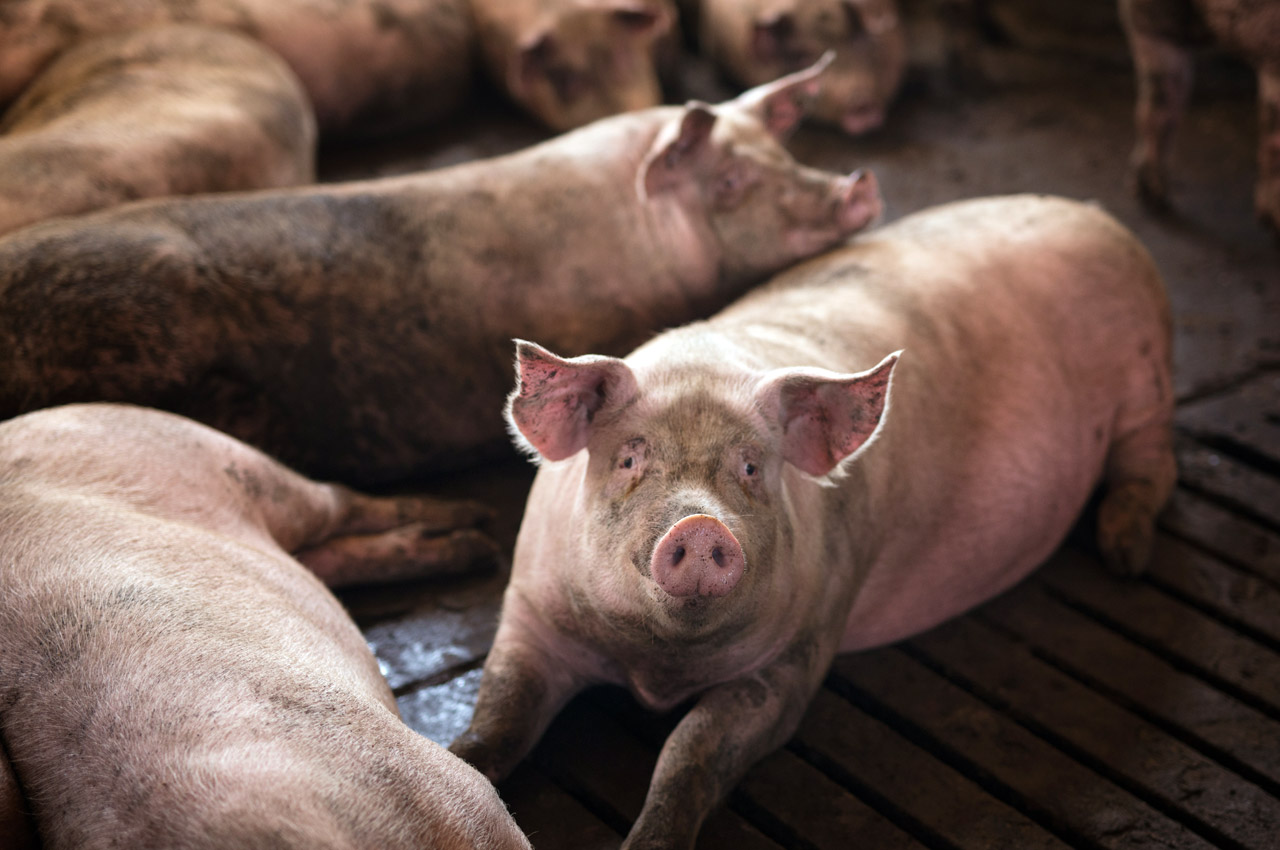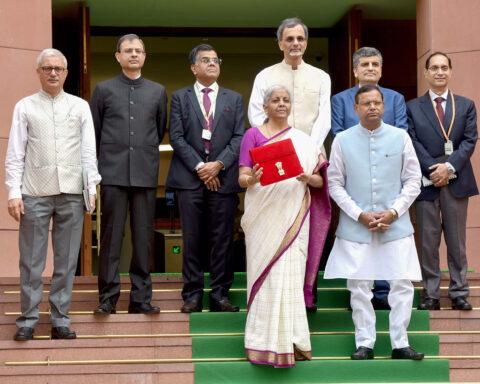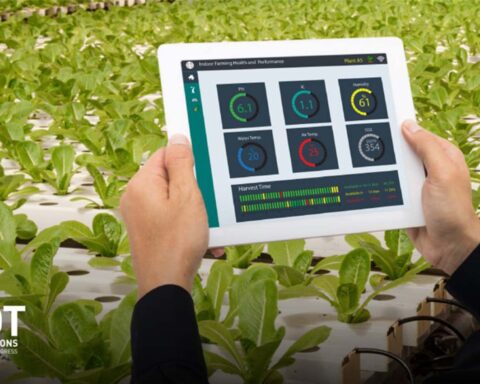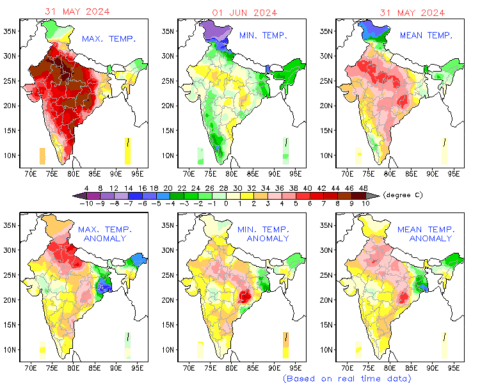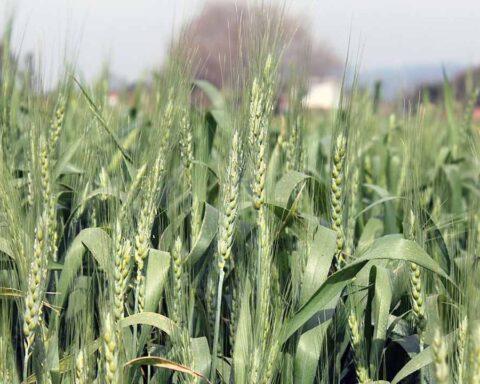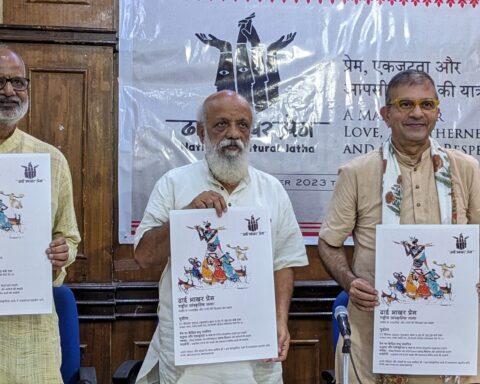After weathering the Covid-19 pandemic for more than a year and a half, the global population is learning to live with it. Public health experts inform us that the SARS-CoV-2 virus is henceforth going to remain endemic to humans. Australia and New Zealand have been forced to acknowledge that even sealed bubbles cannot keep out this virus and have had to fall back on the good old lockdown and vaccination strategy.
How well are we in India prepared to face such outbreaks in the future? The answer, unfortunately, is none too encouraging since efforts are still focused on managing the disease rather than striking at its roots. Let us not forget that some of the most advanced healthcare systems were brought to their knees by the pandemic. As the World Health Organisation (WHO) said in May, “influenza pandemics have killed, and will again kill, in millions….”

